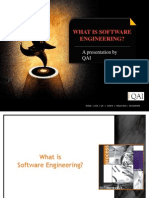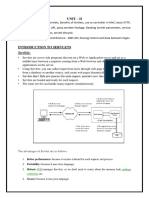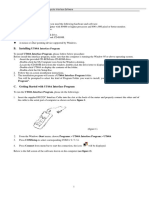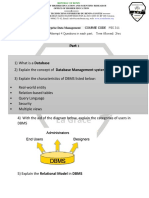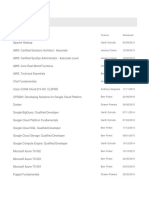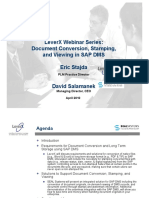0% found this document useful (0 votes)
11 views19 pagesSoftware Engineering Basics
Software engineering is a systematic approach to software development that ensures reliability and efficiency through various methodologies and phases, including the Software Development Life Cycle (SDLC). It emphasizes the importance of quality, security, and scalability while utilizing modern tools and programming languages. The field offers diverse career opportunities and is evolving with trends like AI, cloud computing, and DevOps.
Uploaded by
anita NosiphoCopyright
© © All Rights Reserved
We take content rights seriously. If you suspect this is your content, claim it here.
Available Formats
Download as PPTX, PDF, TXT or read online on Scribd
0% found this document useful (0 votes)
11 views19 pagesSoftware Engineering Basics
Software engineering is a systematic approach to software development that ensures reliability and efficiency through various methodologies and phases, including the Software Development Life Cycle (SDLC). It emphasizes the importance of quality, security, and scalability while utilizing modern tools and programming languages. The field offers diverse career opportunities and is evolving with trends like AI, cloud computing, and DevOps.
Uploaded by
anita NosiphoCopyright
© © All Rights Reserved
We take content rights seriously. If you suspect this is your content, claim it here.
Available Formats
Download as PPTX, PDF, TXT or read online on Scribd
/ 19


















































